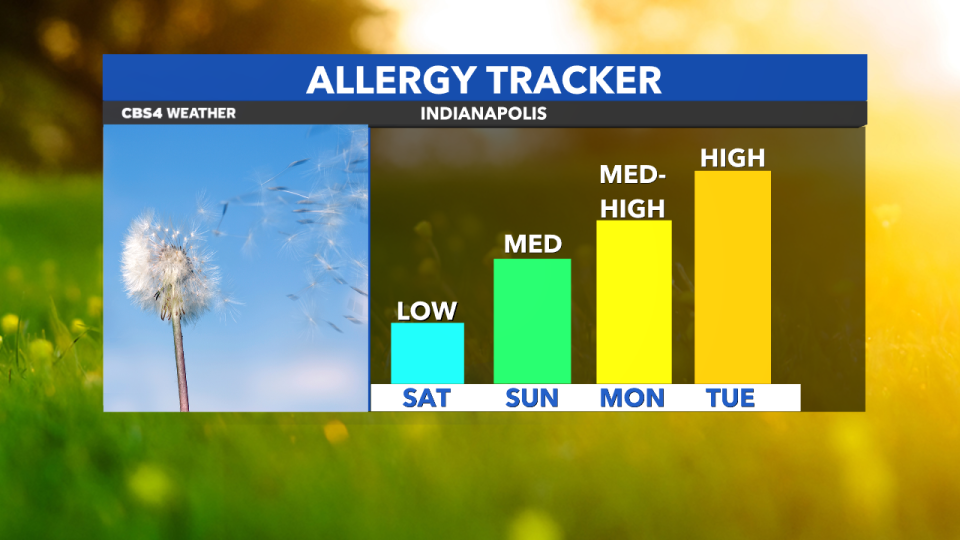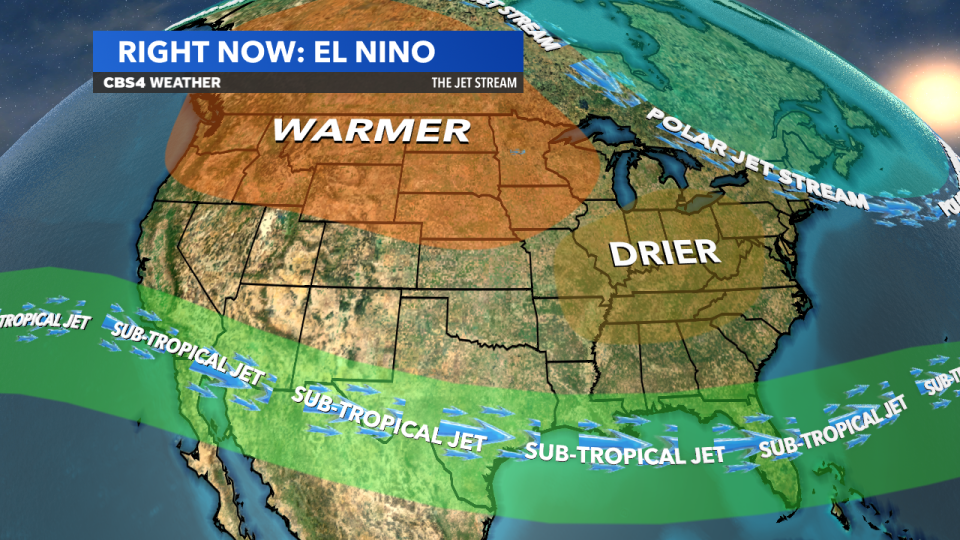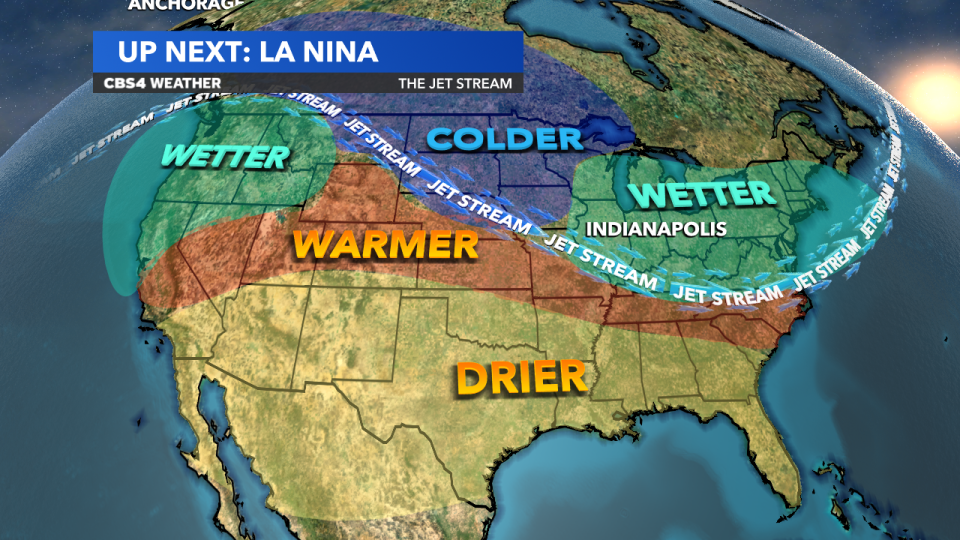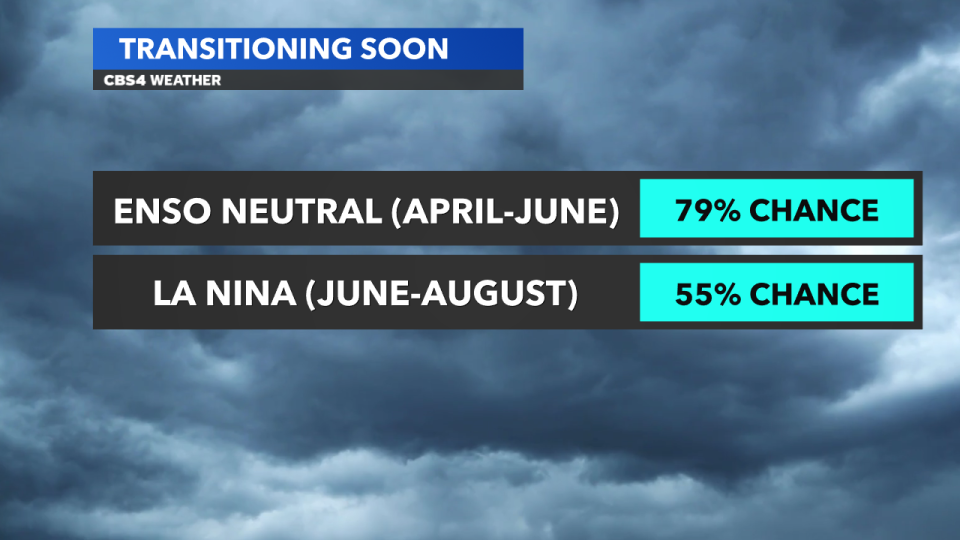Allergy season ramps up early, eyeing further change to La Niña
The continuing El Nino winter will likely play a bit catalyst into the upcoming spring allergy season. For many who are sensitive to outdoor allergies and pollen/trees, you may already be dealing with symptoms thanks to how warm we’ve been.
As of this writing, the 2023-24 winter season is tied as the 9th warmest on record. As climate change continues on Earth with warmer temperatures each year globally, this has no sign of slowing down. With that in mind, the climate and associated early mild weather spells will continue to worsen allergies and asthma in our world.
While Pollen.com reports low pollen levels now, we’ve already had our share of “high” days. Some trees and plants are beginning to bud much ahead of schedule. Remember that it’s the end of February! We spoke with Courtney Stewart, the Coalition Lead for the Indiana Joint Asthma Coalition and mentioned that it’s a continuous thing.
She says, “Given the past few years and the fact that we’ve seen increasingly high temperatures and long growing seasons for grass and trees, if it doesn’t hit you in the spring it could be a surprise sneak attack in the summer or with those late fall allergies. Consumers and folks that have these issues have to be on top of it themselves and track the weather and track the pollen.”
She encourages Hoosiers to check out the Indiana Joint Asthma website for resources on dealing with allergies. Have the proper medications nearby, check the allergy/pollen forecast and keep an eye on the forecast.
Flipping the Switch: El Niño to La Niña
There *may* be a glimmer of hope longer down the line for outdoor allergy sufferers. That’s because the Climate Prediction Center has issued a La Nina Watch. NOAA expects El Niño to collapse completely by May and La Niña likely to take over by later this summer. Central Indiana has been in a textbook El Niño winter. When this occurs, we usually see a drier and warmer pattern. The 2023-23 winter season has been just that.
For those who don’t know, El Niño-Southern Oscillation (ENSO) is a climate pattern that involves the changes in the water temperatures in the central and eastern tropical Pacific Ocean near the South American coastline.
In El Niño, the Pacific waters are warmer. That makes us in the Midwest drier and above normal in the winter. La Niña is the opposite with cooler water temperatures along South America. In this, typically we are wetter and slightly cooler.
El Niño continues for now. But, the CPC says we’ll get in a “neutral” pattern likely between April and June (79% chance) with a transition to La Nina later this summer (55% chance).
For the latest news, weather, sports, and streaming video, head to WTTV CBS4Indy.





